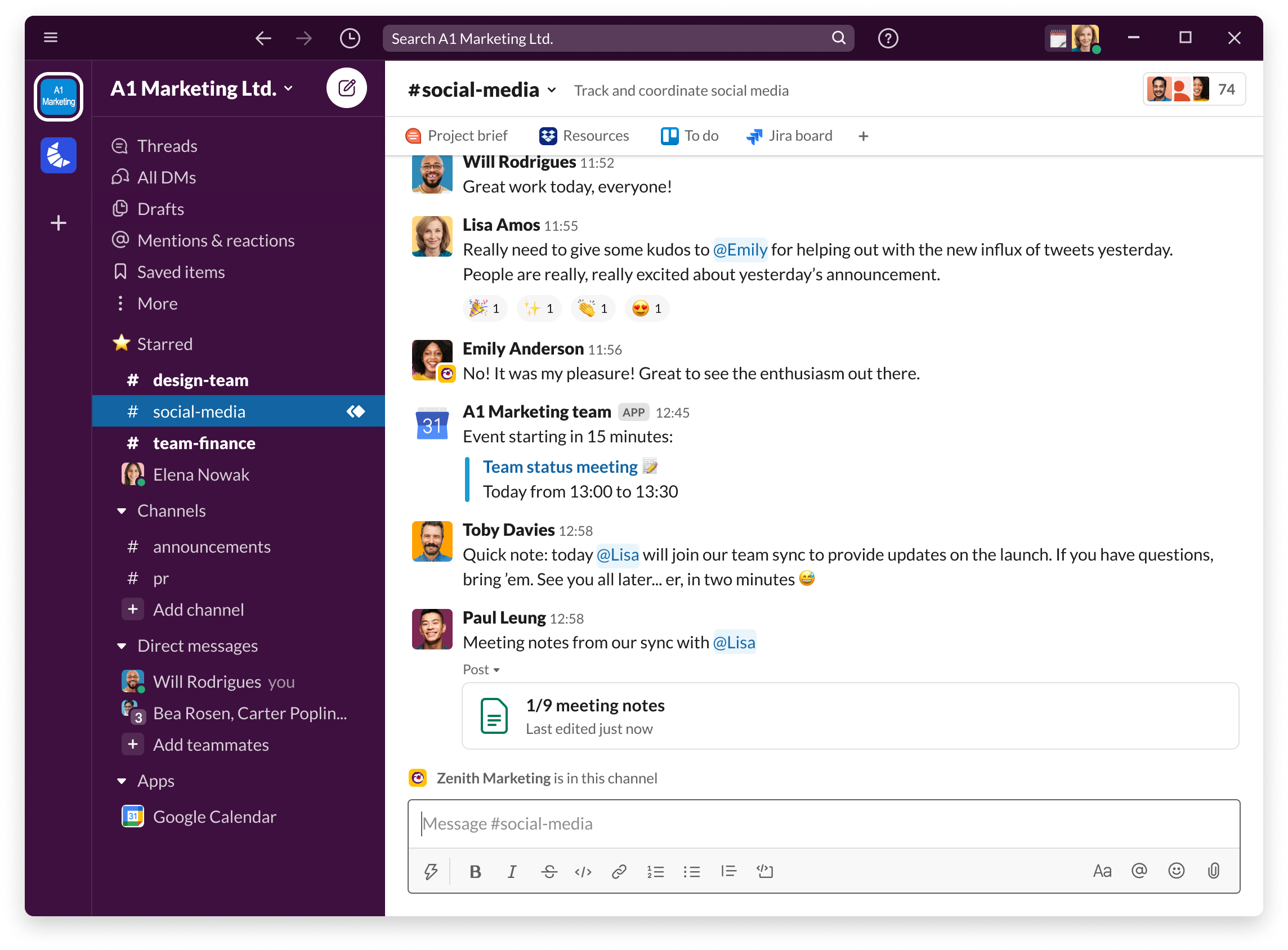
Slack has launched a host of new automation features as part of an update to its Workflow Builder tool. The collaboration app is responding to demands for greater automation from users, who are increasingly building applications using low code and no code tools.

The update to Workflow Builder will be rolled out over the coming months, Slack said in a blog post. “This is part of our goal to make automation accessible for all users, period,” said Steve Wood, senior vice president of product and platform at Slack. “These updates are happening at a critical time when businesses are watching their bottom line. When every minute counts, it’s important to bring the automation creation process closer to the people who are actually going to use it.”
How is Slack updating the Workflow Builder automation tool?
Launched in 2019, Slack Workflow Builder allows users to automate routine processes within a channel on the app to save time. This could be something like generating a helpdesk request, or sending an incident report.
The updates announced this week will allow these workflows to be shared easily between different users, meaning they will be portable across different channels and groups of users, rather than attached to a specific channel.
In the coming months, Slack is promising to add conditional logic, meaning workflows will be able to contain “if, then” statements, sending users down different paths depending on the information that is entered. It is also expanding its library of workflow builder templates so that users have more options to automate tasks.
Users of Workflow Builder include companies such as Dell. “These new capabilities will unlock even more advanced use cases for a wider, non-coding audience,” said Karl Owen, a senior distinguished engineer at Dell.
The growing importance of low and no code
With 12 million daily users, Slack is one of the biggest players in the collaboration software market, but faces plenty of competition, notably from Microsoft which bundles its equivalent product, Teams, with Office 365 subscriptions, and also offers workflow automation options.
By expanding Workflow Builder, the company will be hoping to tap into the growing demand for low code and no code products, which allow ordinary business users to build applications, functions and processes with little or no technical knowledge. These tools are also used by experienced developers to save time which would otherwise be spent on menial or repetitive tasks.
Low code in particular is experiencing a boom, with 77% of the 2,025 IT professionals surveyed for the 2021 ‘State of Low Code report’ – published by low code vendor Mendix – saying they have already implemented such solutions within their organisations. Automation is a popular use case for these tools.
Speaking to Tech Monitor last year, Charlotte Dunlap, principal analyst for application platforms, enterprise technology and services at GlobalData, said it was important for companies like Slack to offer low and no code solutions to meet the changing needs of their users, many of whom are finding it difficult to recruit technologists and are looking for ways to instead put the power of programming in the hands of normal business users.
"There's always been a certain element of 'us against them' when it comes to IT and operations," Dunlap said. "Now that's being redefined and there's more co-operation, not least because it's becoming harder to get your hands on professional developers, and companies are looking for ways to alleviate the workload of the technical staff they do have."






